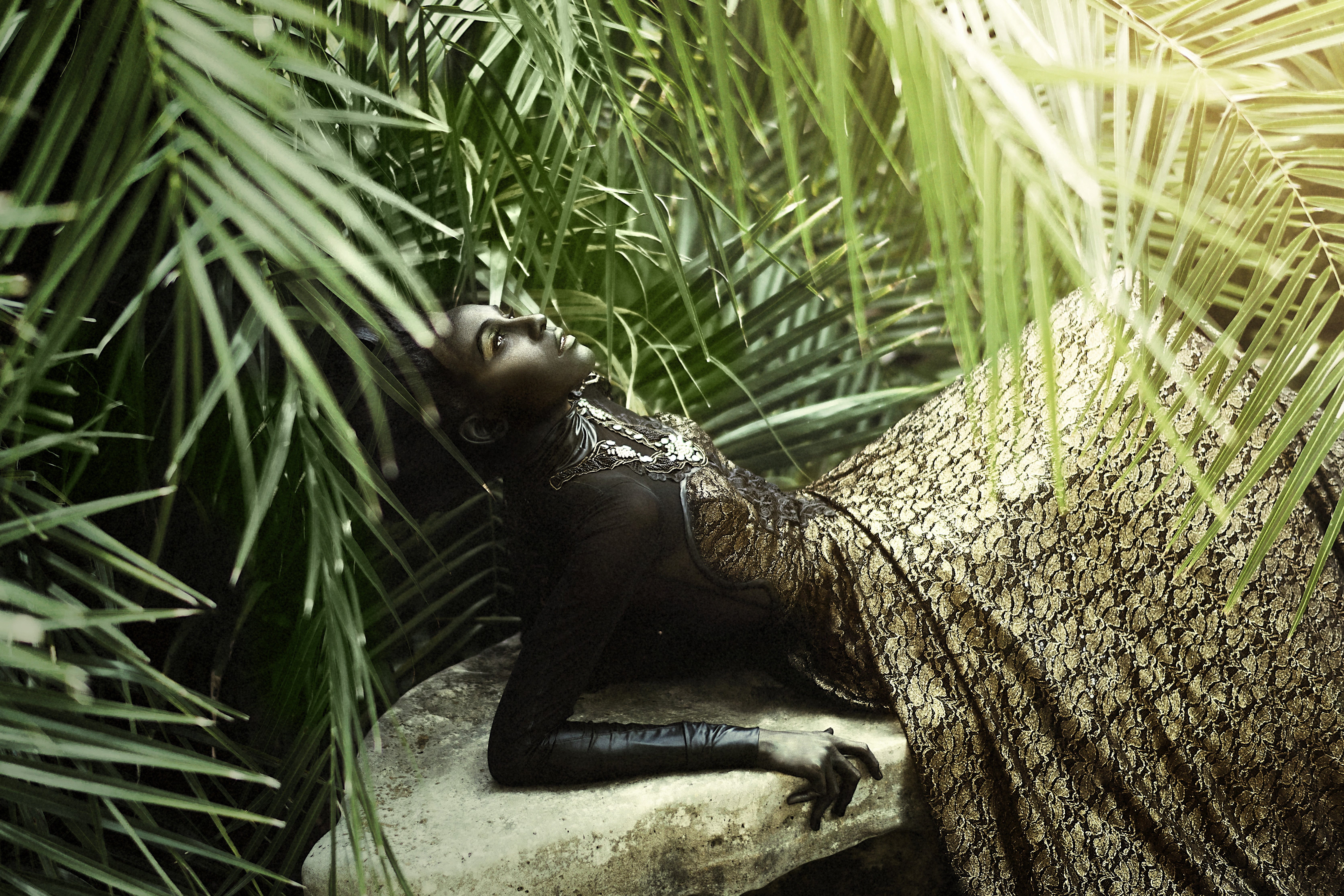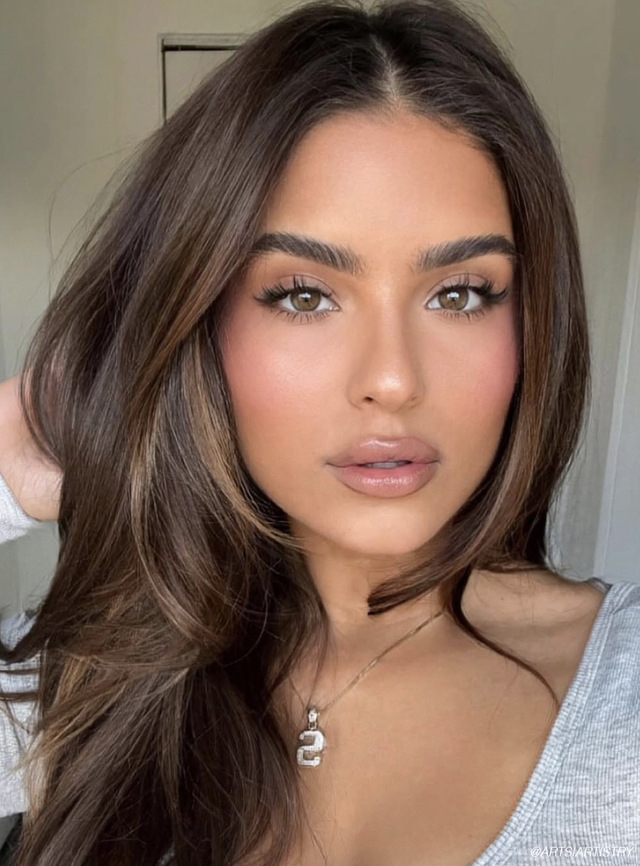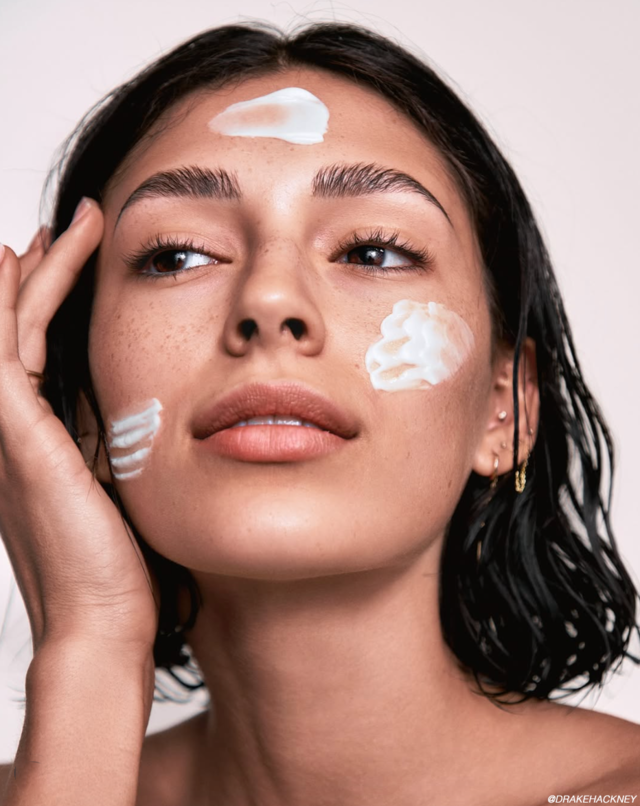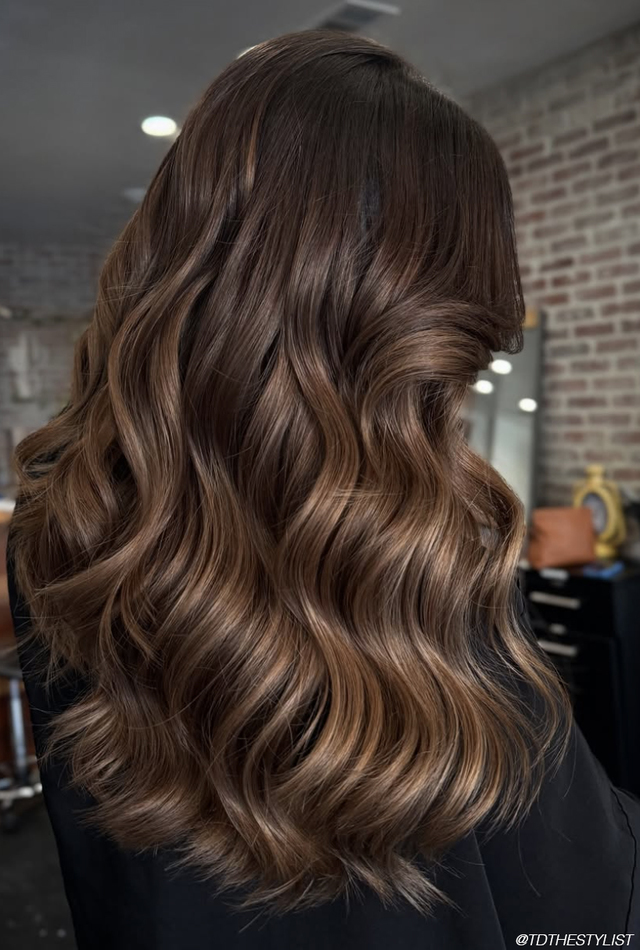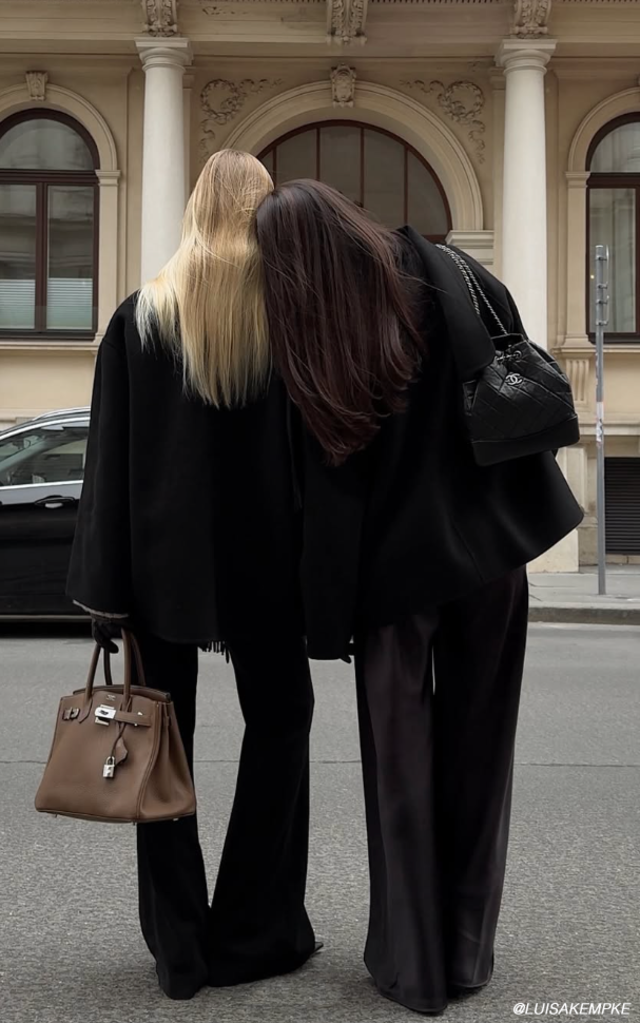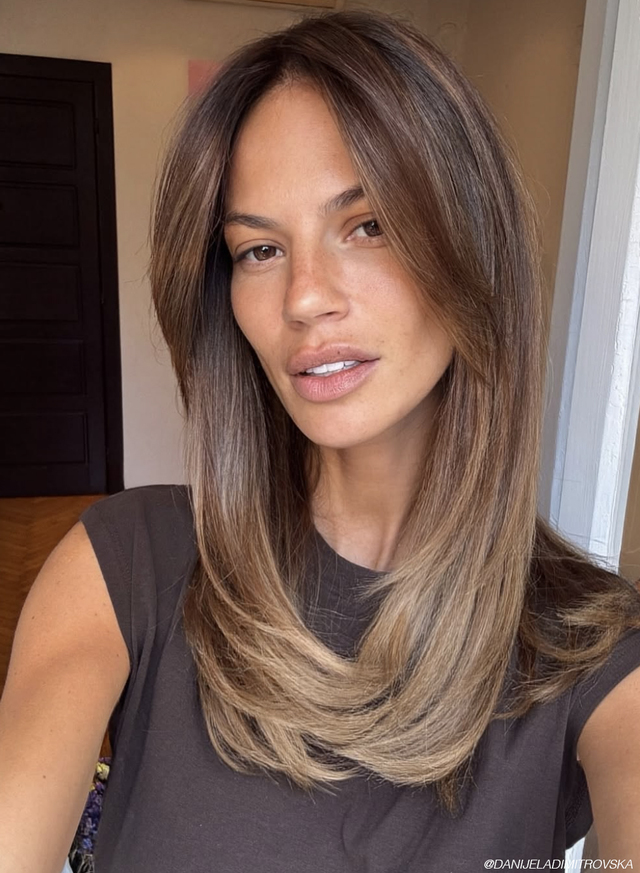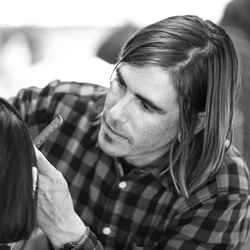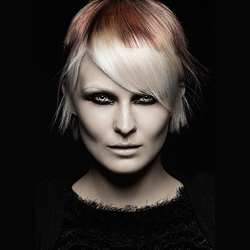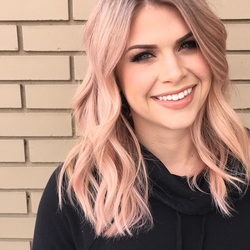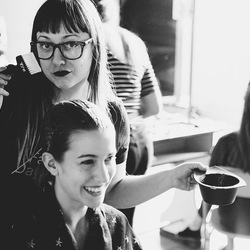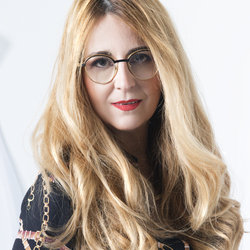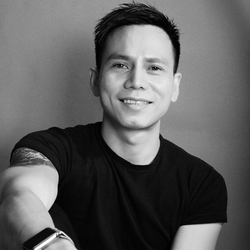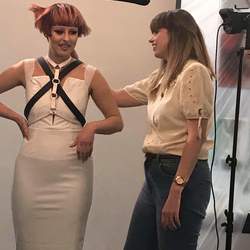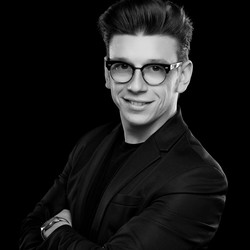When branching into editorial or competition work, finding the time, money, and resources to complete your vision can be the first big hurdle to get over. Between the coordination and financial aspect, many stylists can find the photoshoot process daunting. To simplify branching out into photoshoot work, Teresa Romero, Sam Villa Ambassador and Art/Education Director at Jose Luis Salon, (Austin, TX) @_teresa_romero, who has been a creative director on numerous shoots, including many Trade for Print (TFP) projects, is giving insight into the entire process.
The great thing about TFP, is that it is the gateway to building skills, generating contacts, meeting new talent, getting published, creating content for contests/social media, and most of all, the satisfaction of creating ART. “It was on a TFP shoot that I met photographer Nico Nordstrom. That one shoot led to many more collaborations with her resulting in recognition as a NAHA Finalist 4 times, Wella Trend Vision Salon Team Winner and Editorial Finalist, and being published in numerous media outlets,” explains Romero.
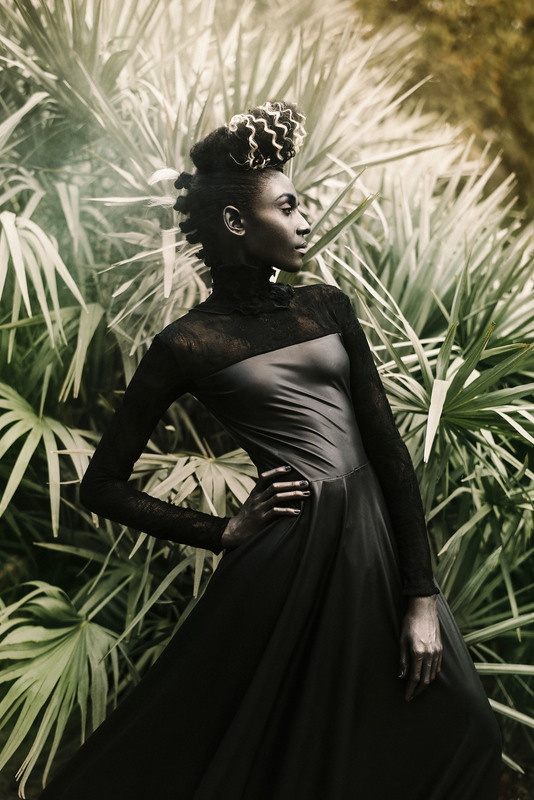
What Is TFP?
TFP is when each person agrees to barter their talent in trade for images. It’s a great way pull off a shoot on a small budget and collaborate with other talent such as new photographers, fashion students and novice models. They are usually eager to collaborate to gain experience and build their portfolios.
Tips for Coordinating a TFP Shoot
- Polish Social Channels: Fewer professional posts are far better than many ‘okay’ posts. Make a good impression so others want to work with you. Get to know the talent in your area by searching local hashtags on Instagram and local photography/makeup artists/model groups on Facebook. For example, in Austin, TX, search: Instagram #austinphotographer, #atxphotographer, #atxmodel, #atxmakeupartist or on Facebook Austin Photography and Models. Follow the inspiring creatives, like their work, review their websites and look for new opportunities they may be initiating.
- Research and Reach Out: Look for photographers who shoot the style you’re looking for, but don't limit yourself, as many look for ways to expand their portfolios. For example: A wedding photographer's focus is to capture a memory, not hair/makeup, however, they may be interested in a creative project. The same for clothing stylists, designers, and makeup artists. Reach out on social and keep it short: “I really like your work, I’m a hairstylist looking to do a TFP photo shoot. Would you be open to discussing further?” Even more experienced creatives do TFP shoots.
- Expectations for Image Use: There must be clear expectations for how and when the images can be used. Is it a test shoot or for a publication…social media or both? What is the focus…hair, makeup, fashion? How soon will the team receive images…and who is doing the retouching and distribution of the final shots? NOTE: The media likes exclusive material, so usually those images cannot be shared on social until after the exclusivity timeframe lapses.
- Image Selection: Typically, this is done by the photographer, they own the rights to the images, however, if you organized the shoot request to be part of the process. The important thing is to be respectful and only utilize the best of everyone's work.
- Submissions: Communicate with each other and come up with a plan.
- Media – Make sure the photographer and organizer of the shoot give permission first before images are pitched to the press. Discuss in advance and provide talent with releases that clearly state who can do what with the images.
- Contests/Social/Portfolios - Always credit the talent involved in the shoot and always be positive. Do not post behind the scenes or any finished looks, it can disqualify an entry from some contests and most magazines.
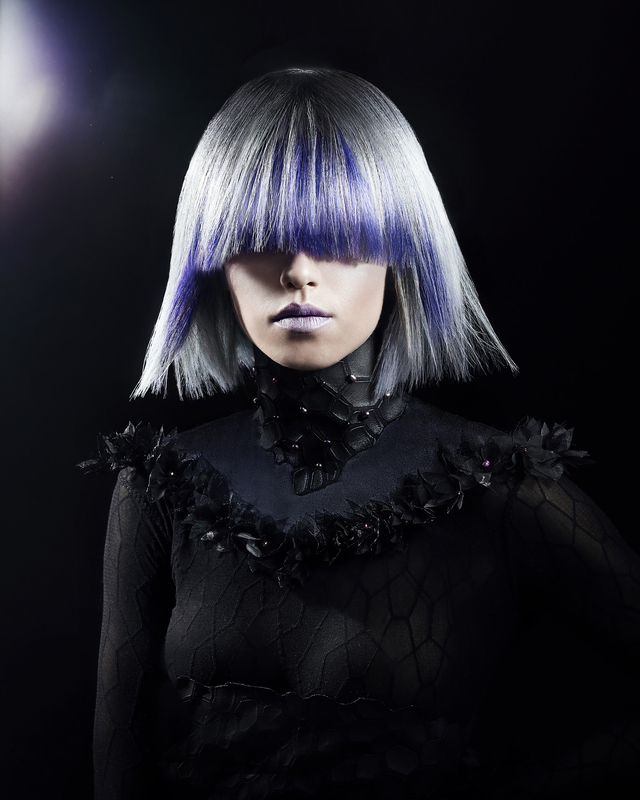
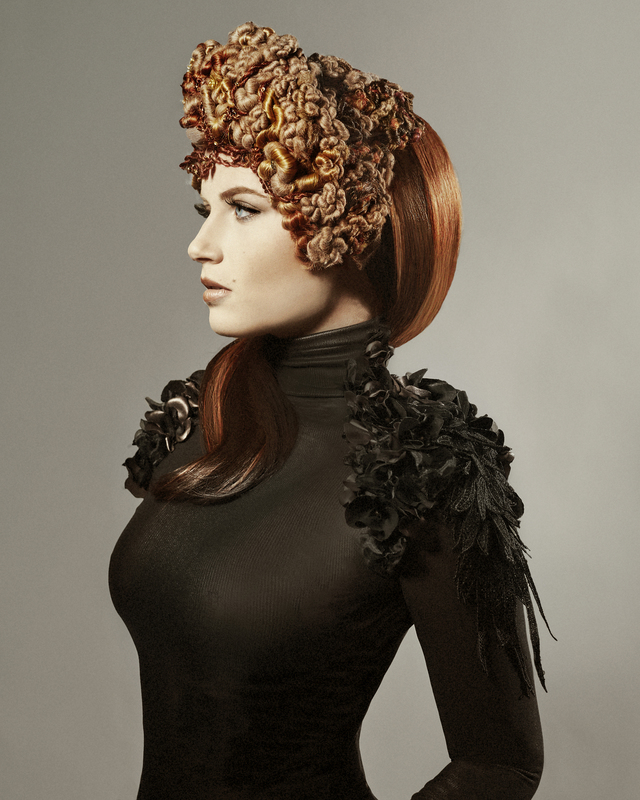
TFP shoots offer the opportunity to practice, build a portfolio, make important contacts and build a reputation as a professional. It takes experience to see work through the camera's eye and learn how lighting and editing can affect the end result.
“Some people play golf on the weekends, I do photoshoots. I love every aspect of them…the melting of different creative ideas into an image that tells a story that is documented forever truly inspires me,” adds Romero.
Credits
Group Cover and Photo #1: Photographer/Nico Nordstrom @niconordstromphoto; Creative Director, Key Hair and Makeup/Teresa Romero @_teresa_romero; Hair Designer/Michael Davis @hair.md; Model/Jessica Zyrie @thejessicazyrie; Designer/Atelier Benson @atelierbenson.
Photo #3 and #4: Photographer/Nico Nordstrom @niconordstromphoto; Hair and Makeup/Teresa Romero @_teresa_romero; Designer/Atelier Benson @atelierbenson
